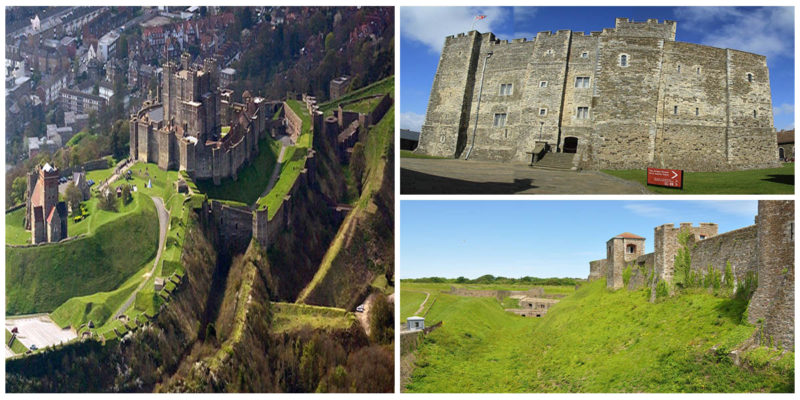They call it “The Key To England,” and rightfully so. The history of this place is filled with stories of real-life heroes who saved England innumerable times from its enemies. Having such importance fairly justifies the size of this stronghold, for it is one the biggest castles in the whole country.
Researchers believe this citadel was built as early as the Iron Age or before. These conclusions were drawn based on the curious outlines of the bulwark which does not resemble the original patterns of the castle.
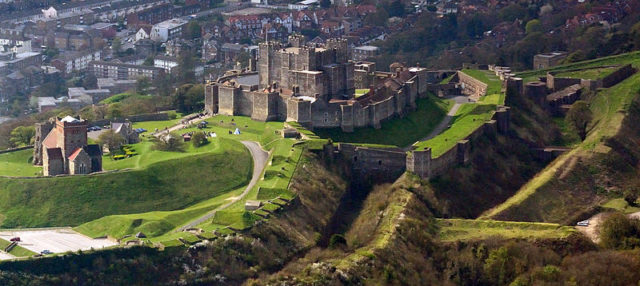
Naturally, everything was backed up with evidence provided by the archaeologists during their excavations. Rising some 24 meters into the air is a “Pharos,” a lighthouse built during Roman times. There were two towers initially but only one remains standing, while the second is in ruins.
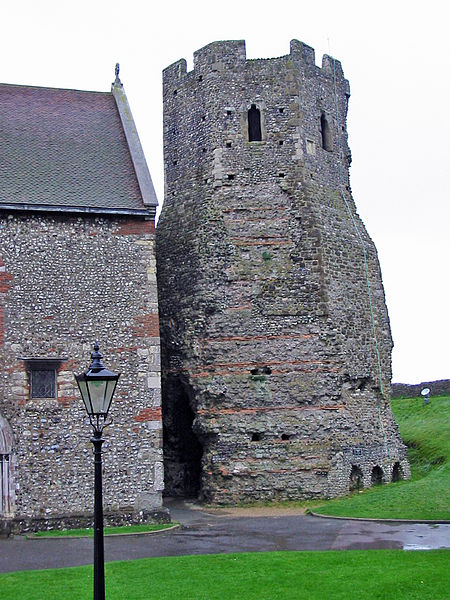
Jumping forward through time to 1066, when the Battle of Hastings between the Norman-French and the English was over, William the Conqueror, the first Norman King of England, gathered his forces and embarked on a journey to Westminster Abbey where he was to receive the crown.
According to earlier writings, the castle was originally built out of clay, and the structure eventually collapsed. That same clay was later used for making of the floors of the low-level rooms. William later paid for restoration to rebuild the castle.
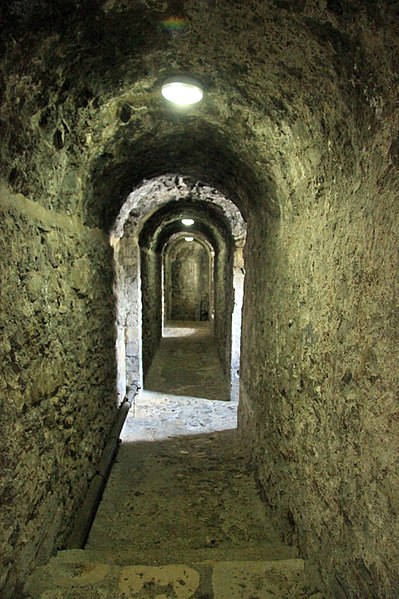
In 1088, eight knights received an order to guard Dover Castle. Many years later, in the time of Henry II of England, this castle started to take a rather different look. The outer baileys, as well as the inner ones, were built during this time using the blueprints of Maurice the Engineer.
In 1216, the strength of the citadel was put to the test when Louis VIII of France (known as Prince Louis at the time) attacked this stronghold, successfully reducing some of the walls to ruin but eventually losing the battle.
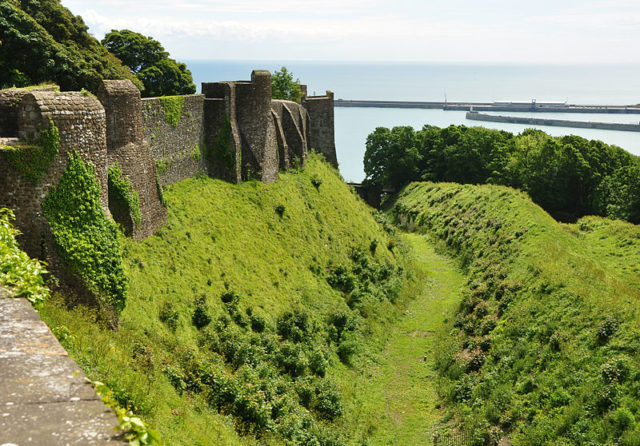
His forces managed to get through the North Gate, a known vulnerability of the castle. This same gate was later transformed and became an underground defense complex. During the conflict, the English forces dug a tunnel under the feet of the French soldiers.
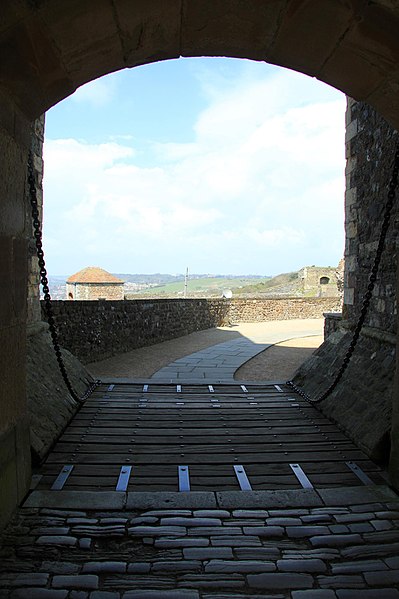
This was the first ever and only tunnel used for a counter-attack. Years later during the period of Stephen de Pencester, the Warden of the Cinque Ports, tower 22 received a windmill and was henceforth known as the Mill Tower.
During the English Civil War between the Royalists and the Parliamentarians, the castle fell to Parliamentarian rule without a single drop of blood. This is why today this castle is still in excellent condition.
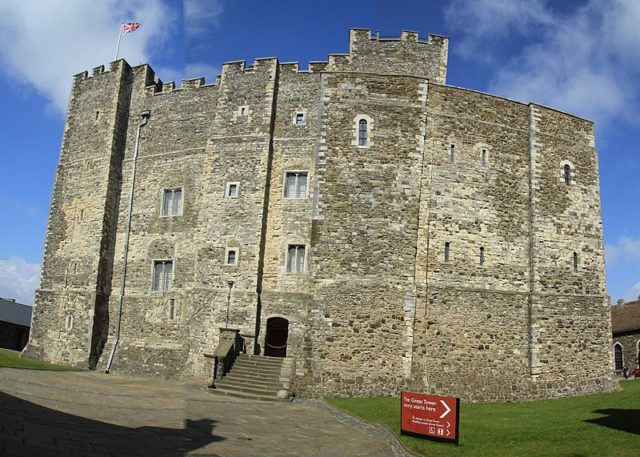
And the history of this place goes on. At the time of the Napoleonic Wars, this fortress was renovated. It was reshaped to provide extra gun placements along the eastern side of the castle.
Once the Napoleonic war was over, the tunnels dug hundreds of years previously were used by the Her Majesty’s Revenue and Customs it the battle against the smugglers who clearly saw the benefit of such tunneling.
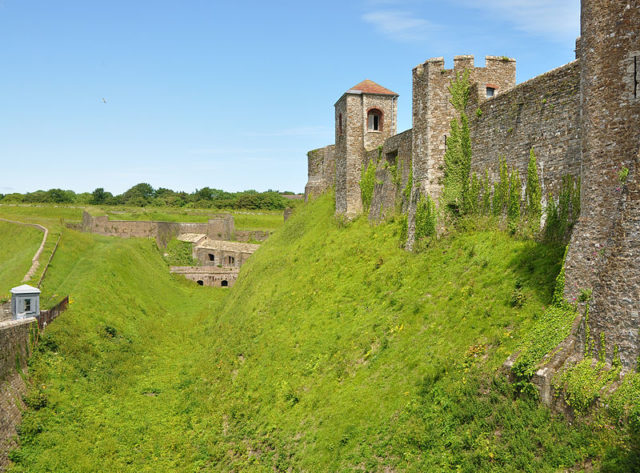
After that, the tunnels were left abandoned. But once WWII began, the tunnels were once more an active place, effectively converted to air-raid shelters. In total, there is around 4 km of tunnels, part of which is hidden and remains to be discovered.
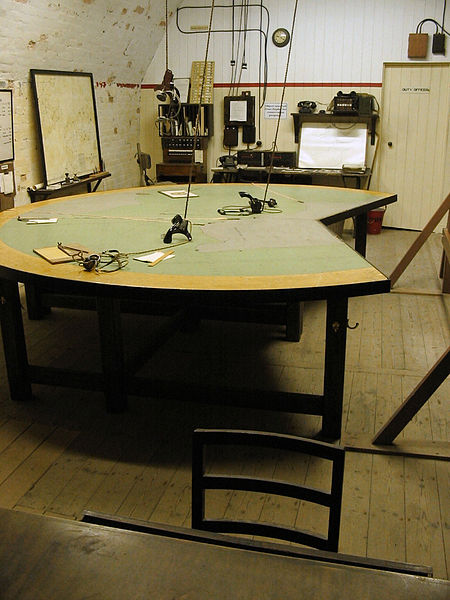
But when it comes to the information about some of the tunnels, those secrets are not to be revealed until 2025.
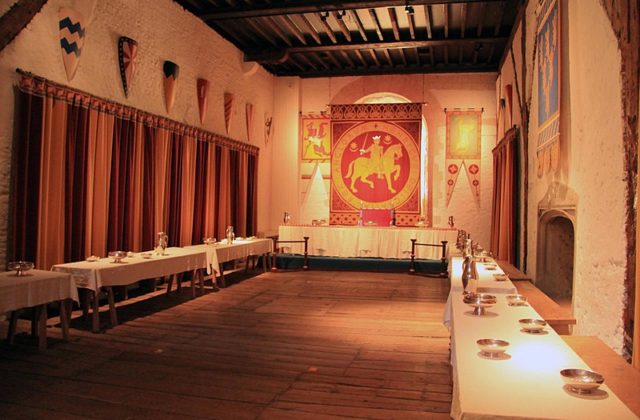
Today this citadel is where thousands of tourists come to visit for some of the most important bits of English history took part here. The Dover castle is a Grade I listed building and any unofficial change to the castle is strictly forbidden. According to the statistics, almost 350,000 people visit this place every year.
